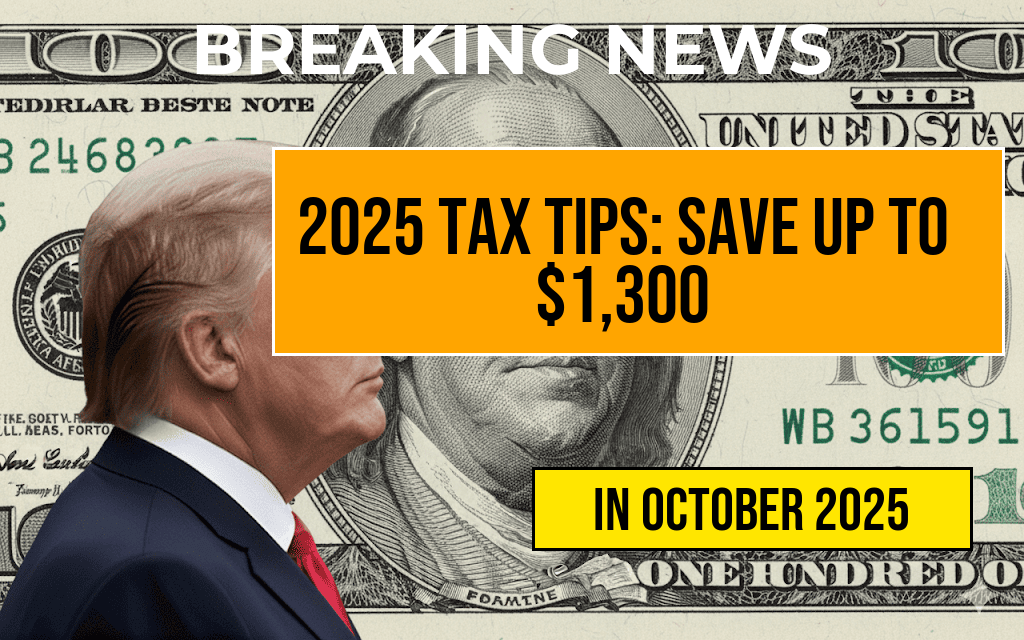In a bold move that has sparked significant discussion, the GOP has proposed a plan that would provide an estimated $2,900 refund to average households in 2026. This initiative is part of broader economic reforms aimed at stimulating growth and addressing fiscal challenges. While proponents argue that the refund could rejuvenate consumer spending and provide much-needed relief to families, critics raise concerns about the long-term implications of such financial measures. As this proposal moves forward, understanding both the potential benefits and associated costs will be crucial for American households looking to navigate the evolving economic landscape.
Understanding the GOP Refund Proposal
The proposed refund is framed as a centerpiece of the GOP’s economic strategy, aiming to alleviate financial burdens on families. The estimated $2,900 refund is intended to offset rising costs associated with inflation and stagnant wage growth. Supporters of the plan highlight its potential to empower consumers, suggesting that increased disposable income will lead to greater spending and stimulate local economies.
Key Features of the Refund Plan
- Target Audience: The refund is designed for average households, with specific eligibility criteria likely to be defined as the plan progresses.
- Implementation Timeline: If approved, the refunds would be disbursed in 2026, allowing time for fiscal adjustments and planning.
- Funding Sources: The plan’s sustainability is under scrutiny, with questions about how it will be funded without exacerbating the national debt.
Potential Economic Impact
Economic analysts have mixed views on the potential impact of the refund. On one hand, immediate cash influxes to households could invigorate consumer spending, a critical driver of the U.S. economy. According to a report from the Forbes Advisor, consumer spending accounts for nearly two-thirds of the U.S. GDP, making it a vital component for economic growth.
Consumer Confidence and Spending
The prospect of receiving a substantial refund could enhance consumer confidence, leading to increased expenditures on goods and services. This boost in spending is particularly important in sectors that have struggled in recent years, such as retail and hospitality. However, the sustainability of consumer confidence will depend on broader economic conditions, including job growth and inflation rates.
Critics Raise Concerns
Despite its potential benefits, the refund proposal faces scrutiny from various quarters. Critics argue that such a financial initiative may lead to increased national debt if not carefully funded. Furthermore, there are concerns that the refund could be a temporary fix for deeper systemic issues within the economy.
Long-Term Costs
The costs associated with implementing the refund could be substantial. As Congress debates the proposal, questions remain about how it will impact federal spending and whether it will lead to cuts in other essential services or programs.
- Potential Budget Cuts: Funding the refund may necessitate cuts in other areas of the budget, which could affect education, healthcare, and infrastructure.
- Inflationary Pressures: Some economists fear that injecting a large sum of money into the economy could exacerbate inflation, counteracting the intended benefits of the refund.
Public Opinion
Public sentiment towards the proposed refund is varied. A recent poll suggests that while many Americans welcome the idea of receiving extra funds, there is skepticism about the government’s ability to deliver on such promises without negative repercussions. Concerns about long-term economic stability and fiscal responsibility are at the forefront of this debate.
Looking Ahead
As the GOP plan moves through legislative processes, it will require careful consideration of both its immediate benefits and long-term implications. Lawmakers are tasked with balancing the need for financial relief against the potential costs to the economy. Stakeholders, including economists and policymakers, will continue to analyze the viability of the refund as it approaches its projected rollout in 2026.
For those interested in a deeper understanding of the economic factors at play, resources such as the Wikipedia page on consumer spending provide valuable insights.
Frequently Asked Questions
What is the main benefit of the GOP plan for households in 2026?
The main benefit of the GOP plan is that average households are expected to receive a $2,900 refund in 2026, providing financial relief to families.
What are the potential costs associated with the GOP plan?
While the plan promises refunds, there may be hidden costs related to cuts in essential services or increased taxes elsewhere, which could offset the benefits of the refund.
How will the refund impact low-income households specifically?
The $2,900 refund could significantly help low-income households, but it is important to consider how the plan might affect their overall financial situation and access to services.
Are there any concerns regarding the sustainability of the GOP plan?
Yes, there are concerns about the sustainability of the GOP plan, particularly whether the economic growth projected to fund the refunds will materialize without negative repercussions.
When will households start seeing the benefits of this refund?
Households are expected to start seeing the benefits of the $2,900 refund in 2026, but it is vital to monitor any changes in legislation that may affect the timeline.






